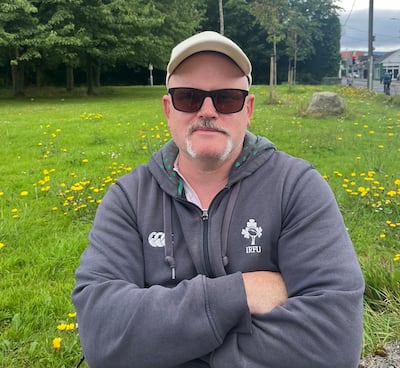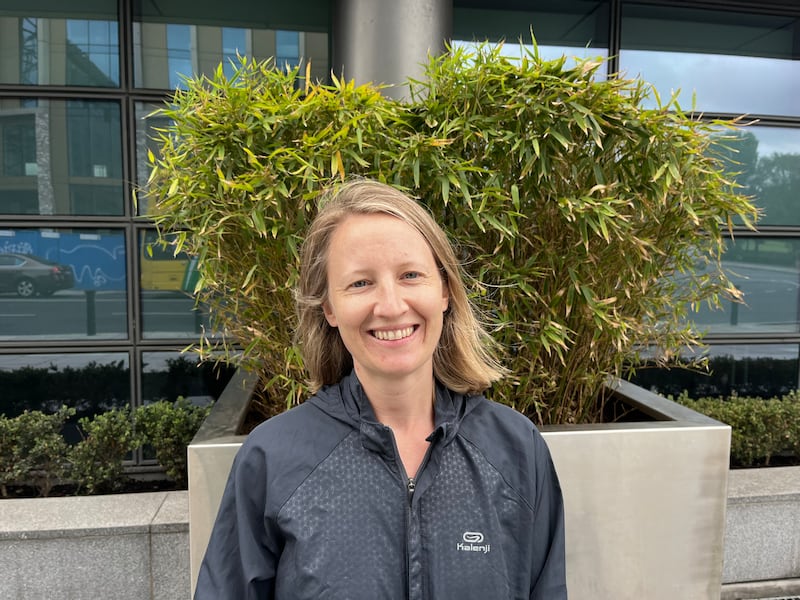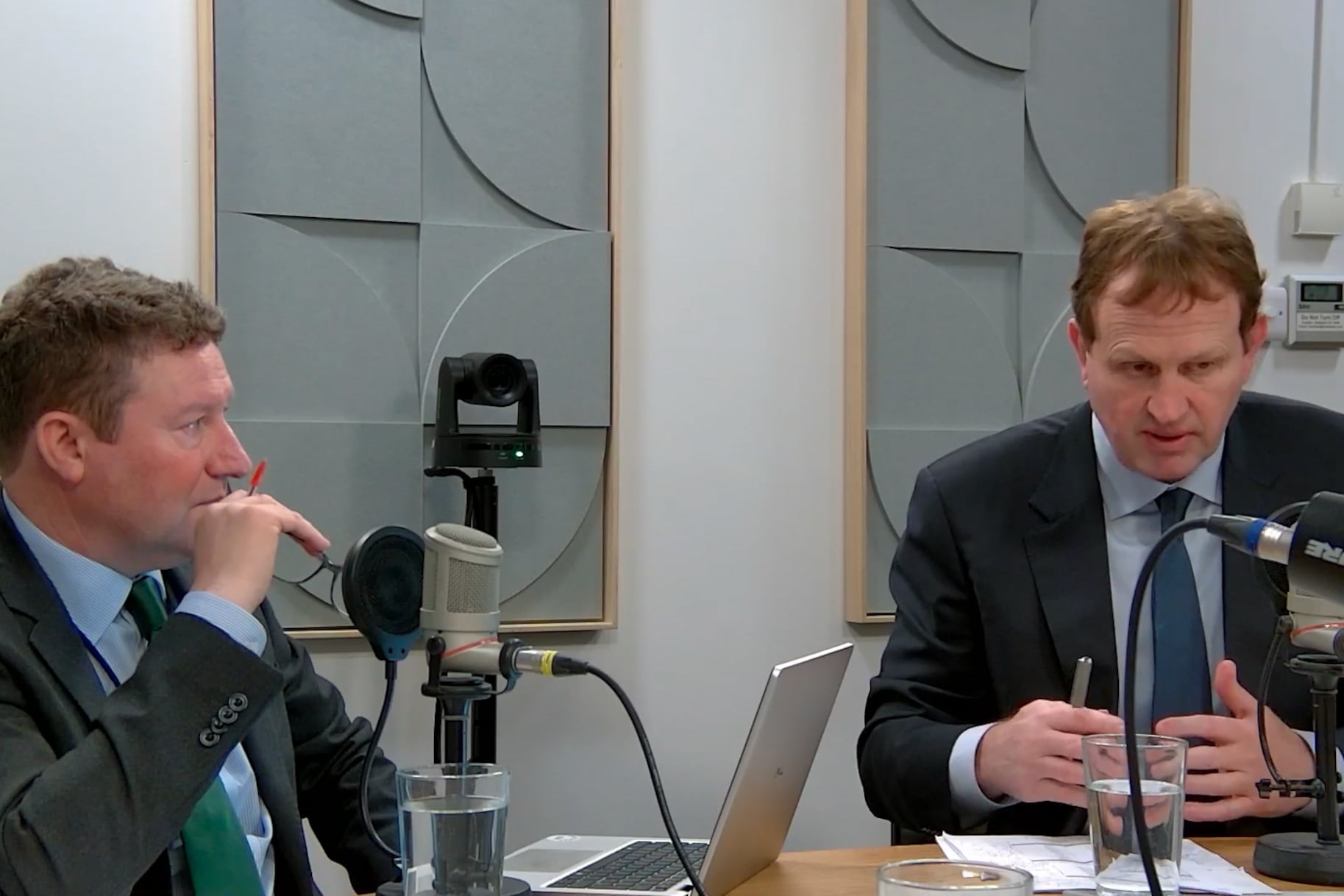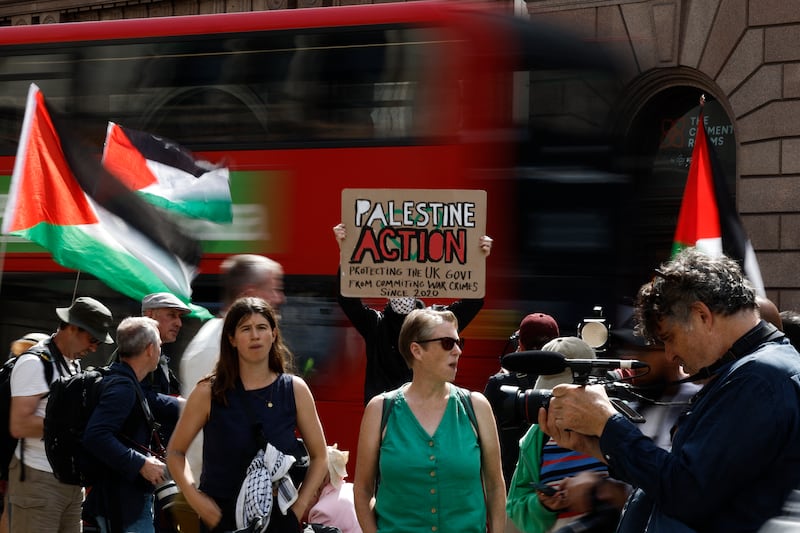“It has panned out quite well. There’s no bother, no problems,” says Tom O’Keeffe, speaking in his shop opposite a new accommodation centre for asylum seekers in a street off Rathmines village, in Dublin.
The centre is in a building developed to operate as a 78-bed “business hotel” – it has no restaurant or bar – that the owners instead opted to offer to the State for use in accommodating asylum seekers.
Hoteliers Ray Byrne and Eoin Doyle, who own Stauntons on the Green on St Stephen’s Green, developed the new building, which began taking in residents earlier this year.
Asked about Sinn Féin’s new proposal that asylum accommodation should be sited in better-off areas, O’Keeffe said there certainly could be better planning when it came to locating such centres.
READ MORE
“There is no point putting a group of men like that into an estate where there are no restaurants, no bars – though they may not use bars. Here, in Rathmines, they are able to become invisible. At the moment, there’s no problem.”
Piaras Dineen, who lives in Rathmines, says he doesn’t know whether middle-class areas are “doing their bit” or not in relation to accommodating asylum seekers.
“There’s one here and one up on Clyde Road, in St Mary’s, the old nursing home. Some people objected to that one, but they weren’t from the area.” [The Ballsbridge facility will house more than 200 asylum seekers].
Middle-class people might feel less threatened economically by asylum seekers than people in more straitened circumstances, he says. Poorer people “might find it easier to point the finger”.

Out in Dundrum, where more than 450 asylum seekers are accommodated in military-grade tents on the State-owned grounds of the former Central Mental Hospital, and a further approximately 200 in a former seminary, Mount St Mary’s, in nearby Milltown, local resident Sean Fay says there are “mixed” views about the recent arrivals.
“Some do [care] a little, some do a lot – I grew up in the 70s and 80s in London, so I’ve seen all this before,” he says.
The child of Irish parents who moved to London (“a child of emigrants who became an immigrant”), he grew up in a part of London where they had the fascist British National Party knocking on their door.
“They didn’t like us. They used to hate the Irish. Then they thought, we are white, so we became agreeable,” he says.
Asked about the Sinn Féin suggestion that accommodation centres should be located in better-off areas, Fay said the issue is complex. “Where you place them [involves] an agreement between the Government and a private landlord. If the landlords in Donnybrook say no, then what do you do?”
Fay believes Sinn Féin has a problem because its support base includes socialists and nationalists and the two sometimes “butt heads. Socialism is international, and nationalism isn’t, so good luck to them.”
Another Dundrum resident, Tríona McHale, when asked about local attitudes to the asylum seekers in the community, says there is understanding and acceptance. “But if there was trouble from that side,” she says, nodding towards the former hospital grounds, “there would be uproar. But the feeling is quite tolerant at the moment.”
She says she doesn’t think decisions about location are a social-class issue. “I think it is an issue of where we have the physical space.”
Sinn Féin suggests that the Pobal deprivation index be used to conduct audits and ensure that accommodation centres are not located in areas of marked social deprivation.
The index cites Dundrum as an affluent area, and Rathmines as “above average”. The location of the proposed centre in Coolock, Dublin 17, which is the site of recent violence, is classified as disadvantaged and is close to areas Pobal classifies as “extremely disadvantaged”, the lowest grading on its index.
Examination of the locations of accommodation centres disclosed in the Dáil in recent times shows they are in communities ranging from very affluent to extremely disadvantaged, as described in the Pobal index.
Fiona Hurley, director of Cork City’s Migrant Rights Centre, believes asylum accommodation centres are located in all types of areas and that if there is an issue with the availability of services in a particular location, the question should be how services can be made adequate for both the existing community and the new arrivals.
There is “a narrative that has been building that frames the beneficiaries of temporary protection or asylum seekers solely as burdens on their communities”, she says. This should be a matter of concern, she says.
Amanda Nyoni, from the Movement of Asylum Seekers in Ireland, is against the idea that audits be carried out when deciding where to locate asylum accommodation centres “because that creates more hate”, though she does believe that disadvantaged areas are housing higher numbers of asylum seekers than wealthier areas, and that more consideration is needed when it comes to where to locate people.
“An audit is absolutely needed, as a nation, to identify the needs of all Irish communities. But what is being proposed will pit vulnerable people against vulnerable people.”
There has been consistent criticism of the level of engagement between the State and local communities in relation to accommodation facilities, but an official working in the area says part of the problem is that local representatives shy away from becoming involved.
“They don’t want to take ownership of the issue,” the official says. “They see their role as helping communities put forward their problems rather than helping them understand the need for this housing.”
Audits of services, the source says, would only show that every part of the country needs more GPs and more housing. “That’s got nothing to do with immigration. That’s because we have a problem with our GP system. Migrants come into the area and people use that as an occasion to speak about the lack of services.”
Labour Party TD Ivana Bacik says it is important to respond respectfully to people’s fears and not dismiss them, and to engage with people about the asylum process. “The real story is that more than 100,000 people have come here and, for the most part, people have shown fantastic integration with only small numbers rejecting them.”
The protests in November 2022 in Dublin’s East Wall against the decision to accommodate approximately 400 asylum seekers in a former office block on the East Wall Road are viewed by many as the first such response to the State’s efforts to deal with its international protection obligations. A local political activist, Malachy Steenson, who was very involved in those protests, was elected as an independent to Dublin City Council in the recent local elections.
When The Irish Times visited East Wall Road this week, there was no noticeable security at the accommodation centre, with residents sitting outside chatting, smoking and consulting their smartphones.
“I don’t hear people talking about it a lot, to be honest,” says local resident Aoife King, when asked about attitudes towards the centre. “I see things online, but when you walk around the community, you don’t see it much. I haven’t seen any issues recently, and I walk past it quite often. I don’t hear people giving out about it.”

Holly Donnelly, who works in the local Spar and lives in the area, thinks many people are still annoyed about the centre “but I think they have come to terms with it. They are not going to go away, so they have to live with it. It has sort of died down.”
Another resident, Josephine Kelleher, says that at the time of the 2022 protests she met a man carrying an anti-immigrant placard who asked for directions to the East Wall Road. “I don’t personally know anyone who participated in that protest,” she says. The building has been used by asylum seekers for two years now “and I have never witnessed a single thing I’d call alarming, no odd exchanges or escalations. Everyone seems to be getting on with things and getting along.”
- Sign up for push alerts and have the best news, analysis and comment delivered directly to your phone
- Join The Irish Times on WhatsApp and stay up to date
- Listen to our Inside Politics podcast for the best political chat and analysis













